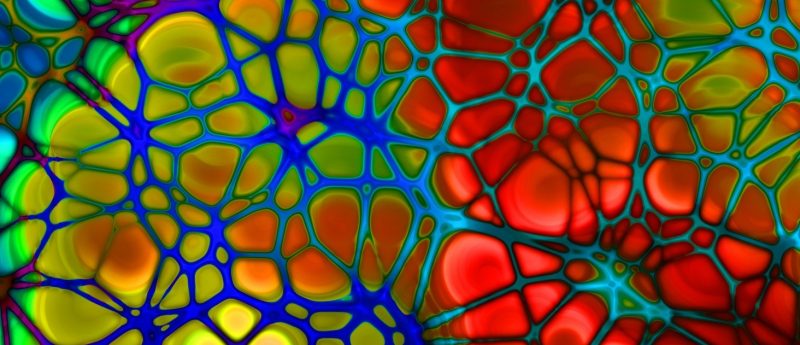Sticky protein hydrogel helps stem cells repair damage after heart attack

A study by Johns Hopkins University (MD, USA) has demonstrated that a new protein gel helps improve stem cells’ ability to repair heart damage in a rat model of myocardial infarction, and may therefore have clinical value for heart attack patients
It is well know that stem cells have great potential to repair tissue and organ damage, but in order to do this successfully they must be effectively delivered to the injury site. First, the change from culture to the injection solution slows the metabolism of the cells, the second, cells injected into the heart are rapidly pushed out by its beating, meaning very few cells remain in the heart (10—20%), then survive and effectively function.
Johns Hopkins researchers have created a sticky, protein-rich gel that appears to facilitate stem cells adherence to the rat hearts and restore their metabolism after transplantation, improving cardiac function after simulated heart attacks. This therefore could contribute towards development of a clinical stem cell product for human myocardial infarction.
M Roselle Abraham, assistant professor of medicine at the Johns Hopkins University School of Medicine and medical director of the Johns Hopkins Hypertrophic Cardiomyopathy Center of Excellence, explains: “If we could inject fewer cells soon after heart attacks and coax them to proliferate following transplantation … we could limit scar formation and be more successful with re-growing new heart muscle.”
Abraham, and colleagues collaborated with Jennifer Elisseeff, professor of biomedical engineering, ophthalmology and orthopedic surgery at the Johns Hopkins University School of Medicine and director of the Translational Tissue Engineering Center, to generate a hydrogel that would encourage stem cell retention and survival by encapsulating and cultivating them — a synthetic stem cell niche. It combined serum, a protein-filled component of blood that contains everything cells need to survive, with hyaluronic acid, a molecule already present in the heart and in the matrix that surrounds and supports cells.
In vitro tests using adult and embryonic stem cells demonstrated, compared with nonencapsulated cells, near 100% survival rates, as well as days of thriving and proliferation, with higher production of growth factors known to be involved in cardiac repair.
In vivo tests demonstrated that 73% of encapsulated cells compared with 12% of cells in solution were retained in the hearts after 1 hour, and that cells within the hydrogel increased in number over 7 dasys versus solution-based transplanted cells declining.
Finally, in the rat heart attack models, the hydrogel with encapsulated cells was reported as improving pumping efficiency of the left ventricle by 14% over the 4 weeks post-injection, compared with 8% by cells in solution. Injections of the hydrogel on its own were even found to improve heart function and increased vascularization of the region with heart attack damage.
The research was funded by the American Heart Association grant AHABGIA and NIH grants RO1 HL092985 and UL1 RR 025005.